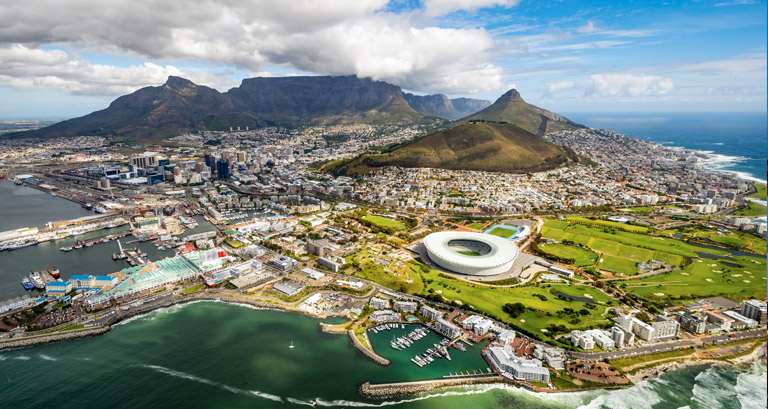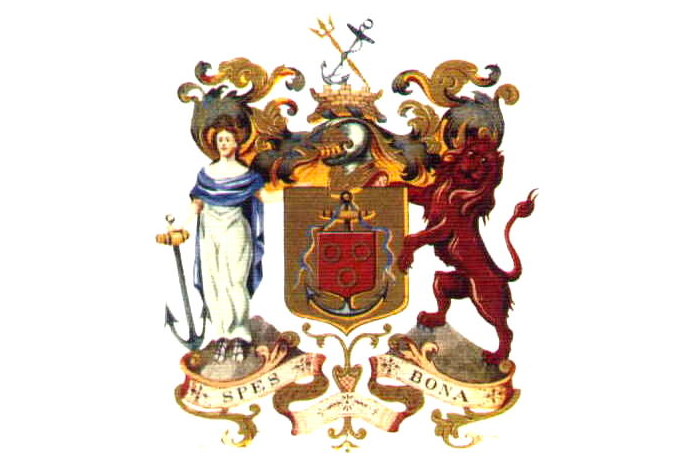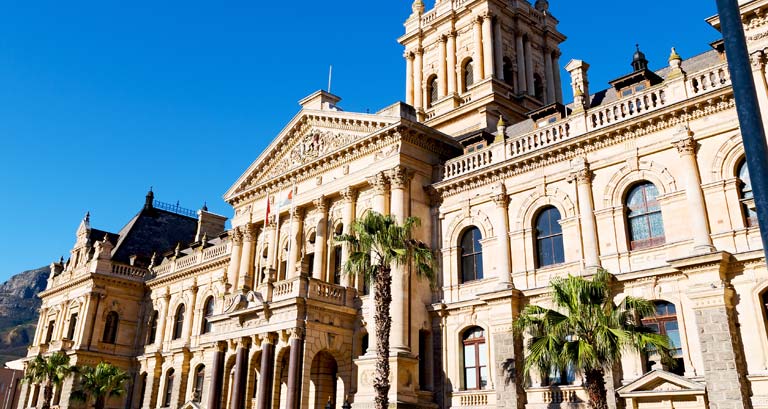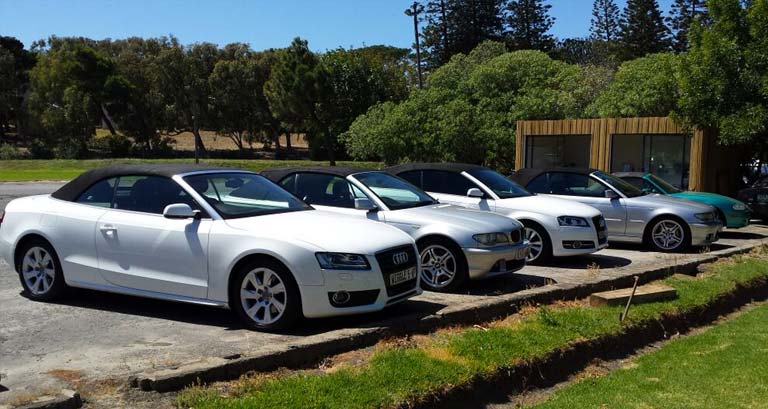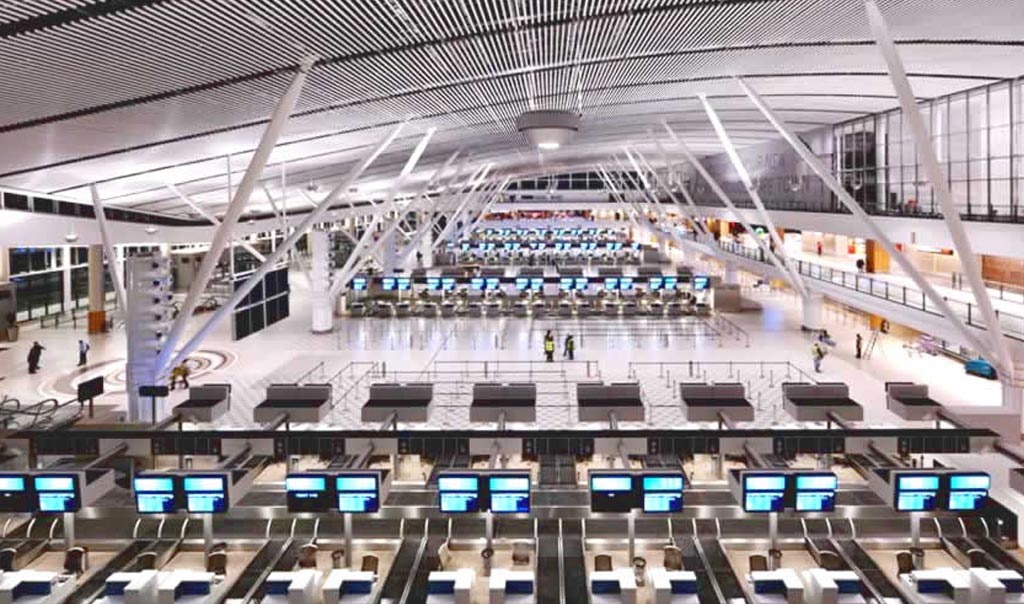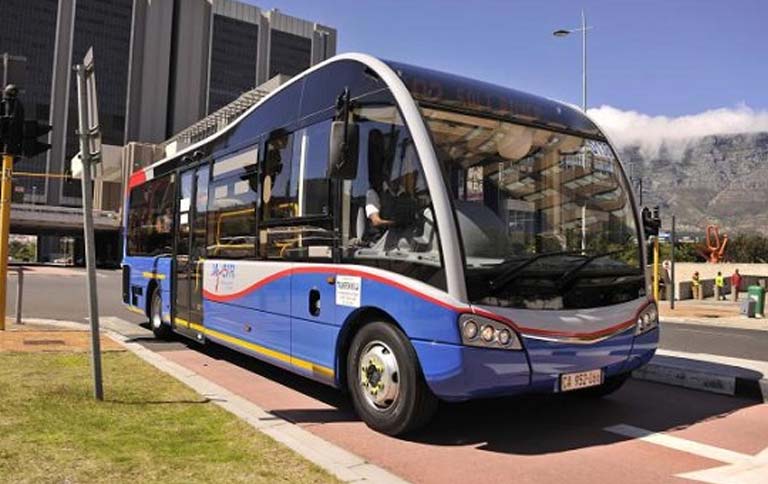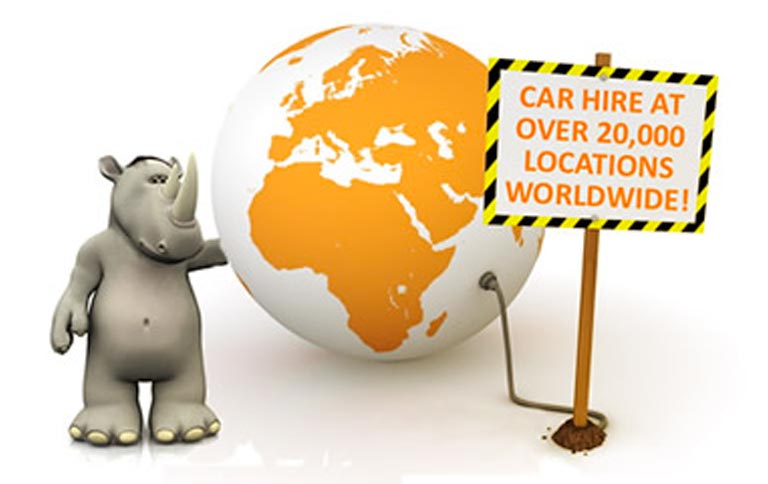If you have time around your kitesurfing you may want to explore the beautiful areas around the Cape, including Cape Flats, Cape Bowl, Helderberg, Northern Suburbs, South Peninsula, and the Southern Suburbs.
A stunning drive and a marvellous and challenging cycle; is the drive around the south, south/east coast of Table Mountain.
Leaving from central Cape Town, you will drive towards Green Point and follow the coast to Clifton, Camps Bay, Llandudno and Hout. From Hout you will drive over the Chapman’s Peak Parkway, towards Fish Hoek, Simons Town and Cape Peninsula.
You will discover the natural beauty of Table Mountain, boasting over 2500 species of plants that are indigenous to the Cape area.
Heading North west from Cape Town for a few hours you can visit the world-famous wine farms around Stellenbosch in the Cape Winelands.
Hiring a car is usually the sensible option as distances in Cape Town are vast. With a car you can follow the well-known routes like the Garden route for you nature lovers, situated along the N2, it actually stretches all the way to the East Cape, aka ‘Eden of the South’. Or follow the Franschoek pass for breathtaking views. Franschoek pass is 60 Kms east of Cape Town.
Click here for driving directions from Cape Town International Airport, Cape Town Western Cape, South Africa to our School Teaching area in Langebaan, Western Cape, South Africa. (1 hour 31 minutes)
Click here for driving directions along The Garden route. A spectacular drive, this 200 kilometer stretch of road winds its way past white sand beaches, wetlands, forested mountains, and picturesque towns.
Click here for driving directions along the Franschhoek Pass; yes that is as difficult to pronounce as it is to spell, or otherwise known as Olifantshoek, ¨ difficult again¨. Olifantshoek means (Elephants Corner), it;s name comes from the mythical herds of elephants that used to roam the valleys and mountains along this route. This steep and dramatic pass boasts being South Africa’s first properly engineered roads.

